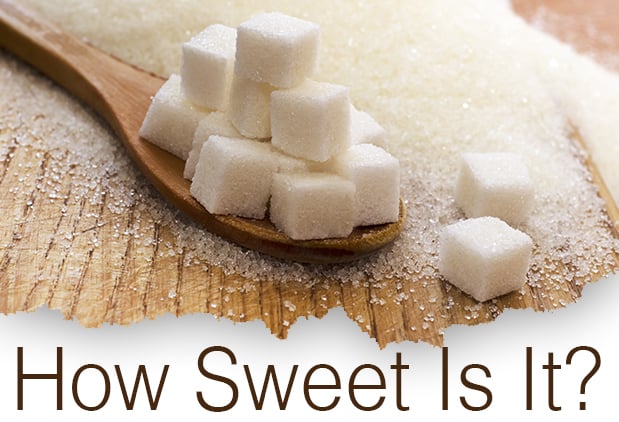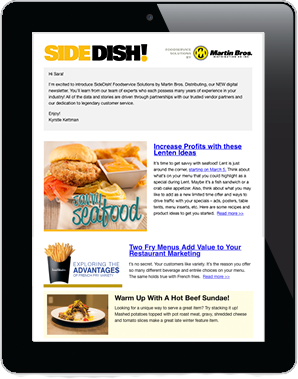
With the start of 2014, many people are once again beginning whole-hearted efforts to lose weight and develop healthier eating habits. And one of the avenues we often try to focus on in this journey is decreasing our sugar intake.
So, where do we start if we want to provide an outlet for people trying to decrease their sugar intake? Providing a healthy-eating menu section featuring items that are low in the calories and carbohydrates associated with sugars is a great idea.
Another great idea is to educate ourselves about the types of added sugar so we can weigh the pros and cons of each, find alternatives and provide menu solutions.
Non-nutritive sweeteners are sometimes referred to as “high-intensity sweeteners” or “sugar substitutes”. They have minimal or no carbohydrates or calories. They are noted to be a great alternative for those with diabetes or people needing to cut back on calories. However, these sweeteners cannot be used interchangeably with nutritive sweeteners in recipes. Their taste and cooking qualities vary.
 |
 |
|
A. Sucralose (576558 - 2000/1 gr)
|
B. Stevia (90581346 - 1000/1 gr) This is a newer member of the non-nutritive sweetener group. It is a natural zero calorie sweetener made from the stevia plant. It is twice as sweet as sugar. Stevia is heat stable and works well for baking. |
 |
 |
| C. Aspartame (572518 - 2000/1 gr) Aspartame is a sweetener made up of two amino acids. It was created in 1965. It is 200 times sweeter than sugar and is commonly used in drinks and some desserts. It cannot be used in baking, however, because it is not heat stable. Heat will eliminate its sweetness. |
D. Saccharin (572588 - 2000/1 gr) Saccharin is the oldest approved sweetener. It is 300-500 times sweeter than sugar. One single serve packet is equal to 2 teaspoons sugar. It is a common tabletop sweetener and mixes easily into both cold and hot beverages. In order to use it in baking, however, you must also use some natural sugar in order to achieve proper volume and texture. |
For healthy menu ideas check out our senior living & healthcare recipes. And use our industry-leading healthcare menu program to manage your facilities dining experience.






